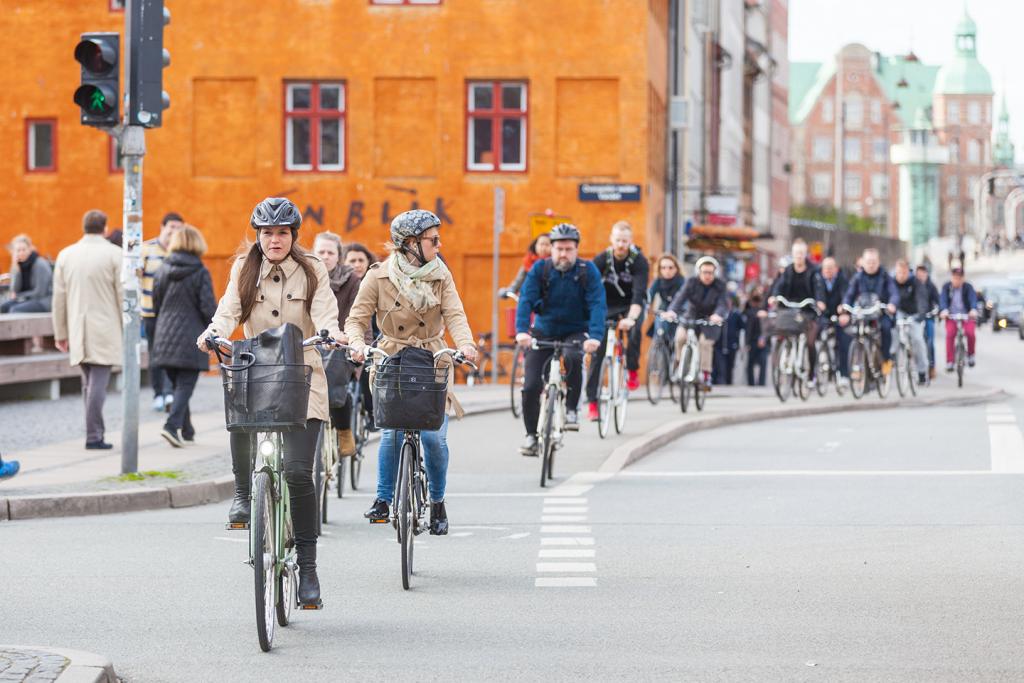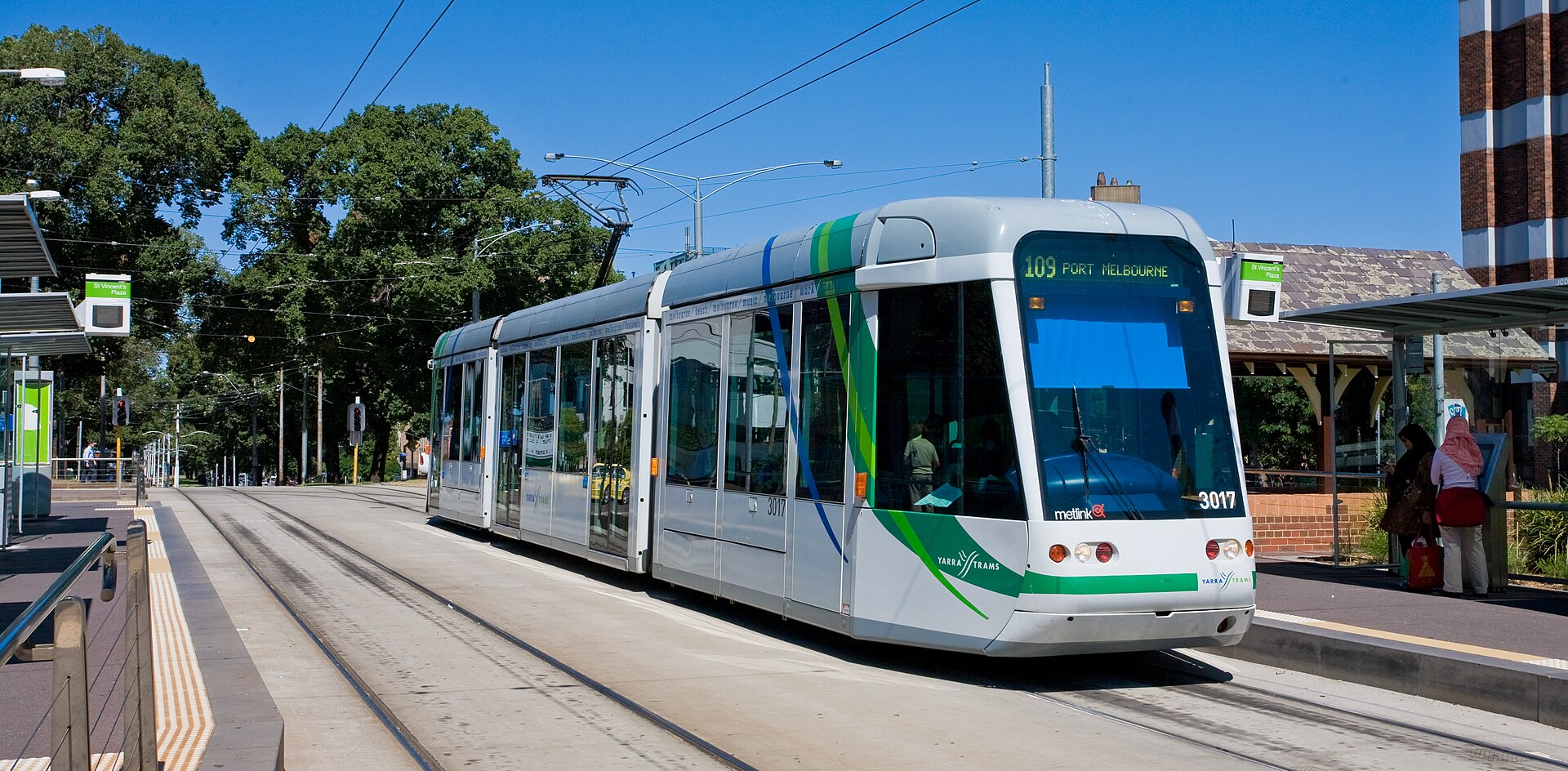Sustainable Transport:benefical method for global environment
Sustainable transport is about picking travel methods that are good for the environment and society. We examine vehicle types, energy sources, and the design of roads and railways. Additionally, we consider how transport operates, the planning involved, and the development of areas around it. The main goal is to make transport effective, efficient, and environmentally friendly. This way, we ensure that our travel choices are good for both us and the planet.
Transportation systems have a big impact on the environment, causing about 20-25% of global energy use and carbon dioxide emissions. Almost all of these emissions, around 97%, come from burning fossil fuels. In 2019, 95% of the fuel used for transport came from fossil sources. Transportation in the European Unionis the top source of greenhouse gas emissions, making up 31% of global emissions and 24% in the EU in 2019.
The goal of sustainable transport is to reduce the impact on the environment and cut down on air pollution compared to traditional transport. This includes both public transport (like electric buses, zero-emissions buses, metro, electric trains, trams) and private transport (like walking, biking, electric vehicles). These ways of getting around can help lower carbon dioxide emissions, reduce pollution in the air, and make the air in cities better to breathe.
Cycling system
Cycling is an excellent and cost-effective way to get around. People can use bikes for daily activities like going to work, enjoying entertainment, and getting exercise. Many cities now have dedicated bike paths, which are lanes or routes specifically designed for bicycles. You might see marked bike lanes in some cities, while others have separate cycle tracks with barriers or boulevards. This approach has proven successful in European countries like the Netherlands, Denmark, and Germany, where it has helped reduce traffic congestion.
 Figure1:In cities like Copenhagen, Denmark, commuters, students, and tourists prefer using bicycles instead of cars or buses to move around the city.
Figure1:In cities like Copenhagen, Denmark, commuters, students, and tourists prefer using bicycles instead of cars or buses to move around the city.
Electric public transport
Public transport, mass transit, offers group travel on scheduled routes with fees. Crucial for cities, examples include buses, trolleybuses, trams, trains, and ferries. Inter-city travel uses airlines, coaches, or rail, with global high-speed networks. Electric public transport, using green energy, produces fewer pollutants, reducing air pollution compared to traditional options.
 Figure2:A tram in Melbourne, Australia
Figure2:A tram in Melbourne, Australia
 Figure3:Electric buses in Saudi Arabia
Figure3:Electric buses in Saudi Arabia
Electric vehicles:green cars
A green vehicle is a car that’s better for the environment than regular ones using gasoline or diesel. It can run on alternative fuels like electricity, hydrogen, or compressed air. Examples include hybrid cars, electric cars, and vehicles using clean diesel or natural gas. These cars help with sustainable transport by reducing air pollution and greenhouse gas emissions, making them more environmentally friendly.
 Figure4:Tesla Model X
Figure4:Tesla Model X
 Figure5:Chinese electricity car:NIO ET7
Figure5:Chinese electricity car:NIO ET7
Conclusion
Since 2016, there’s been a global trend toward electric and renewable transportation. Hence these new energy vehicles and low-carbon transport are considered ways to help the world environment. If continuing to use these vehicles and cycling it can significantly reduce pollution in the future.


